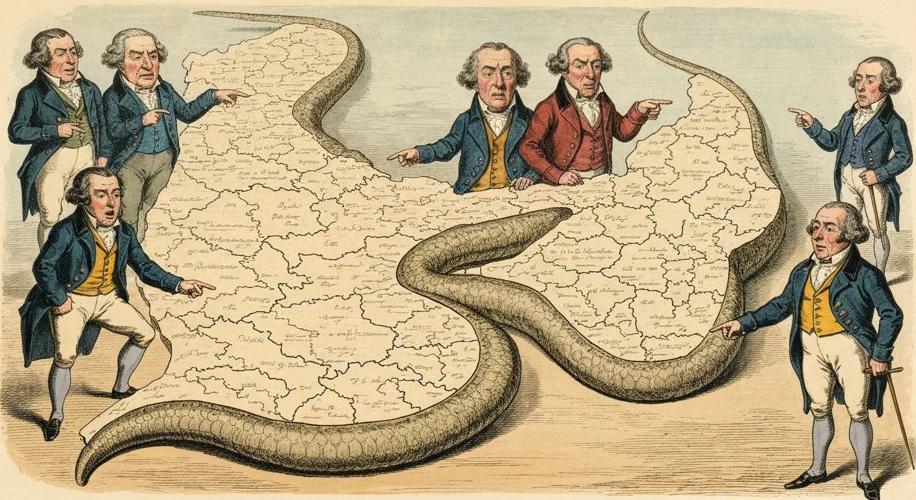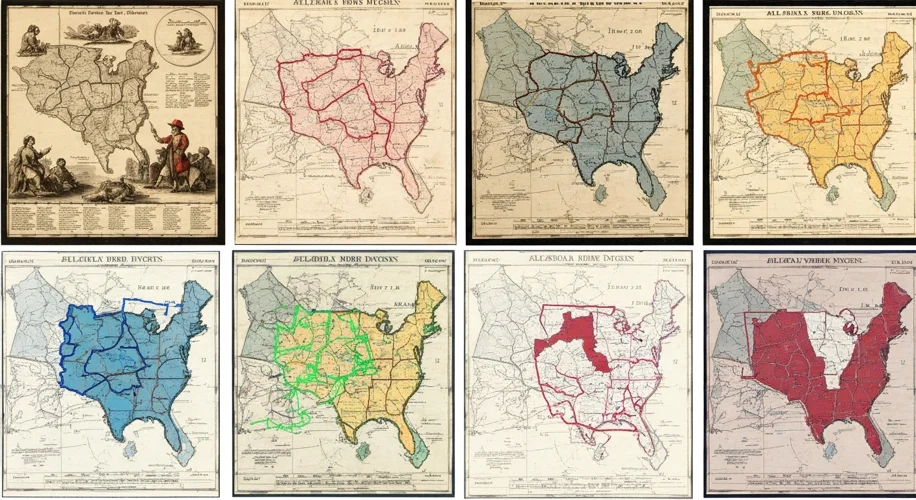In the labyrinthine world of American politics, few concepts are as persistent and contentious as gerrymandering. The practice of manipulating electoral district boundaries to favor one party or group over another isn’t merely a modern political tactic; it’s a historical phenomenon deeply woven into the fabric of the United States, dating back to the very dawn of its republic.
Imagine the year 1812. The United States, a fledgling nation still finding its footing, was embroiled in political battles as fierce as any territorial dispute. Massachusetts Governor Elbridge Gerry, a signer of the Declaration of Independence and a delegate to the Constitutional Convention, found himself at the center of a redistricting plan that would forever alter the electoral landscape. The legislature, controlled by his Republican-Democratic party, redrew the maps of the state senate districts in a way that blatantly favored his party, creating bizarrely shaped districts that, to critics, resembled a salamander.

One such district, a sprawling, contorted entity in the Boston area, was so peculiar that it inspired a portmanteau of the Governor’s name and the creature: “gerry-mander.” This act, while seemingly a regional political maneuver, was a stark illustration of how the power to draw electoral maps could be wielded to engineer desired outcomes, often at the expense of fair representation.
The roots of gerrymandering, however, extend even earlier. The very first U.S. Census in 1790 led to the initial apportionment of congressional seats, and with it came the first instances of political maneuvering. States were tasked with drawing their own congressional districts, and the temptation to carve out districts that benefited the party in power was immediate. Early examples include instances in Virginia and Georgia in the late 18th century, where districts were drawn to dilute the voting power of specific regions or political opponents.
The underlying principle at play is the delicate balance between representation and manipulation. The idea of a “fair” district is subjective, but generally, it implies a geographic area where voters have a reasonable chance to elect a candidate of their choice. Gerrymandering, by its very nature, aims to disrupt this, either by concentrating the opposing party’s voters into a few districts (known as

